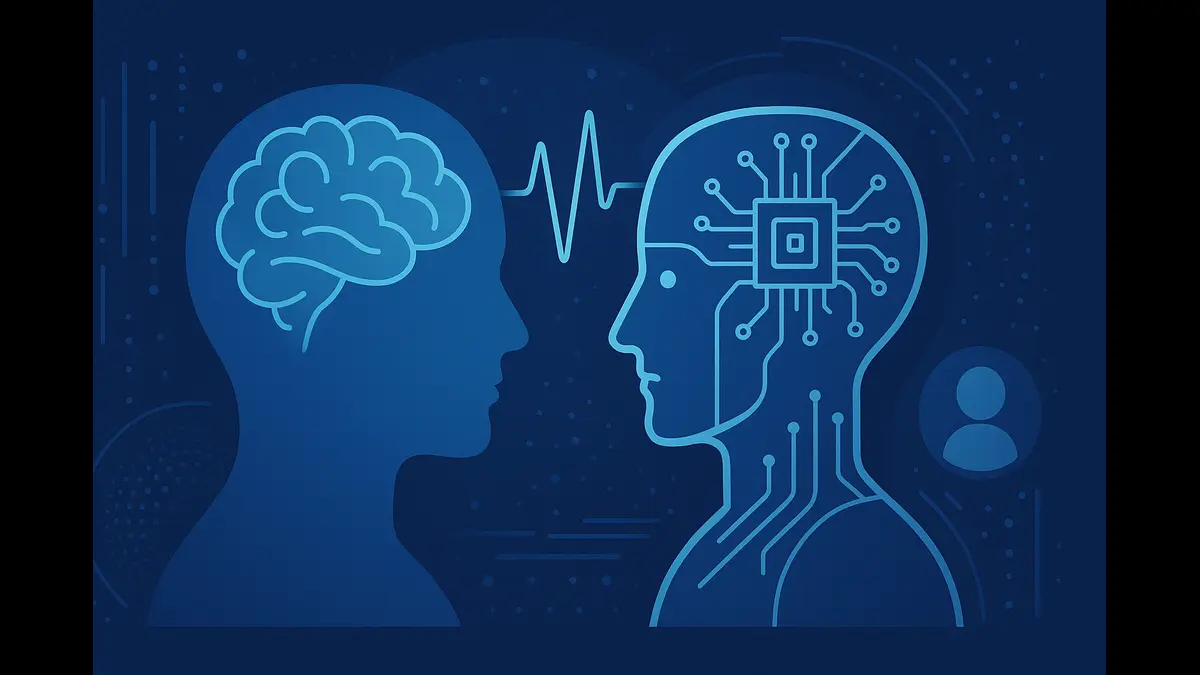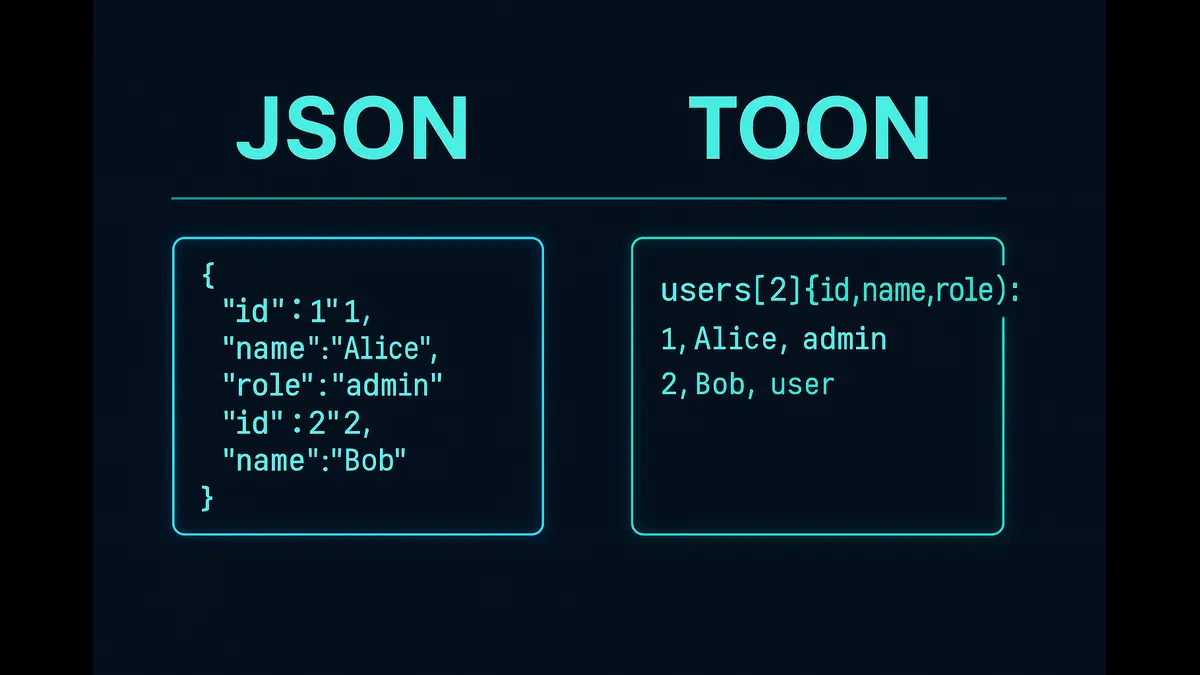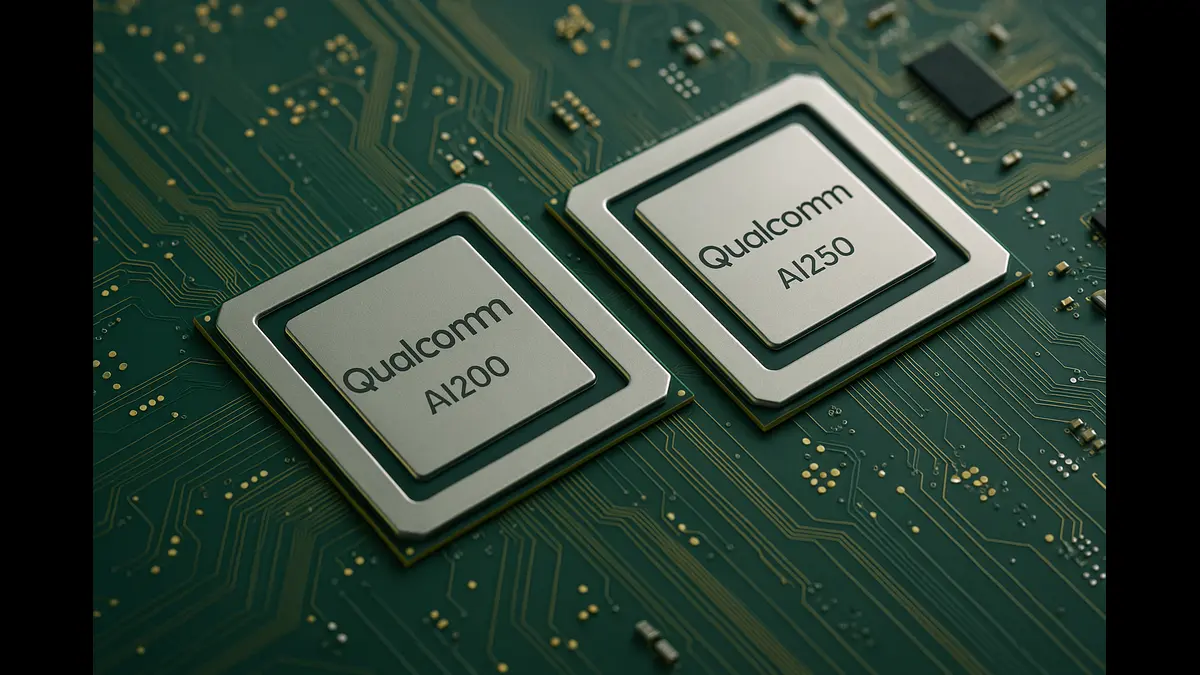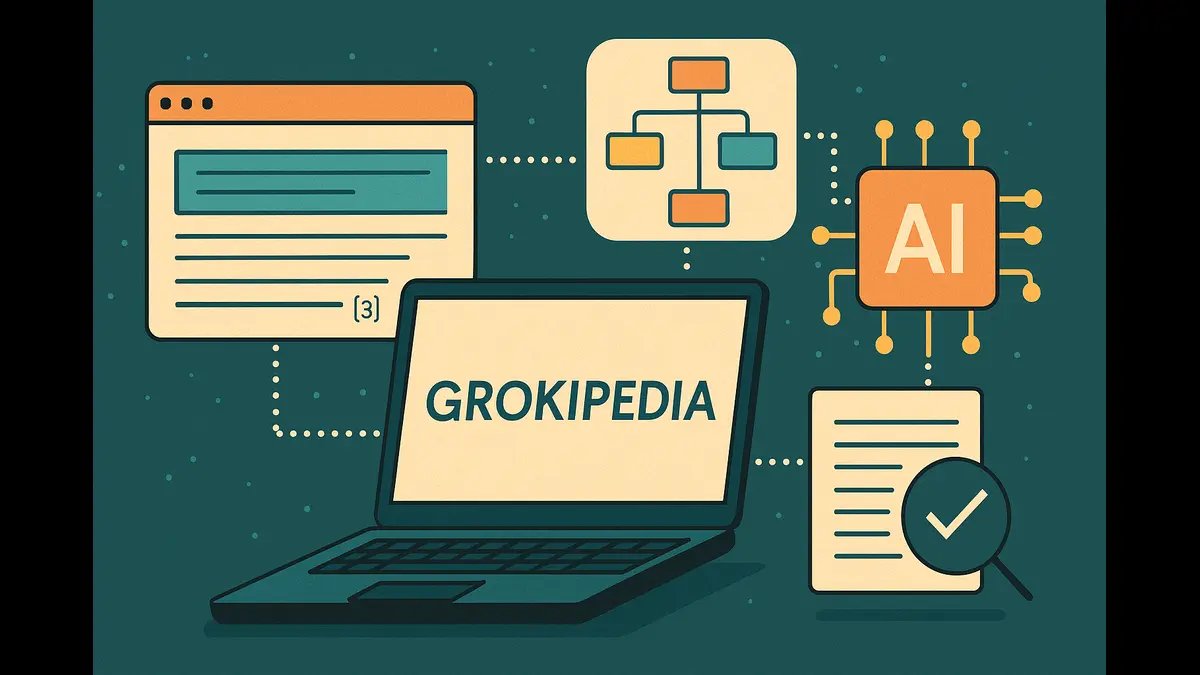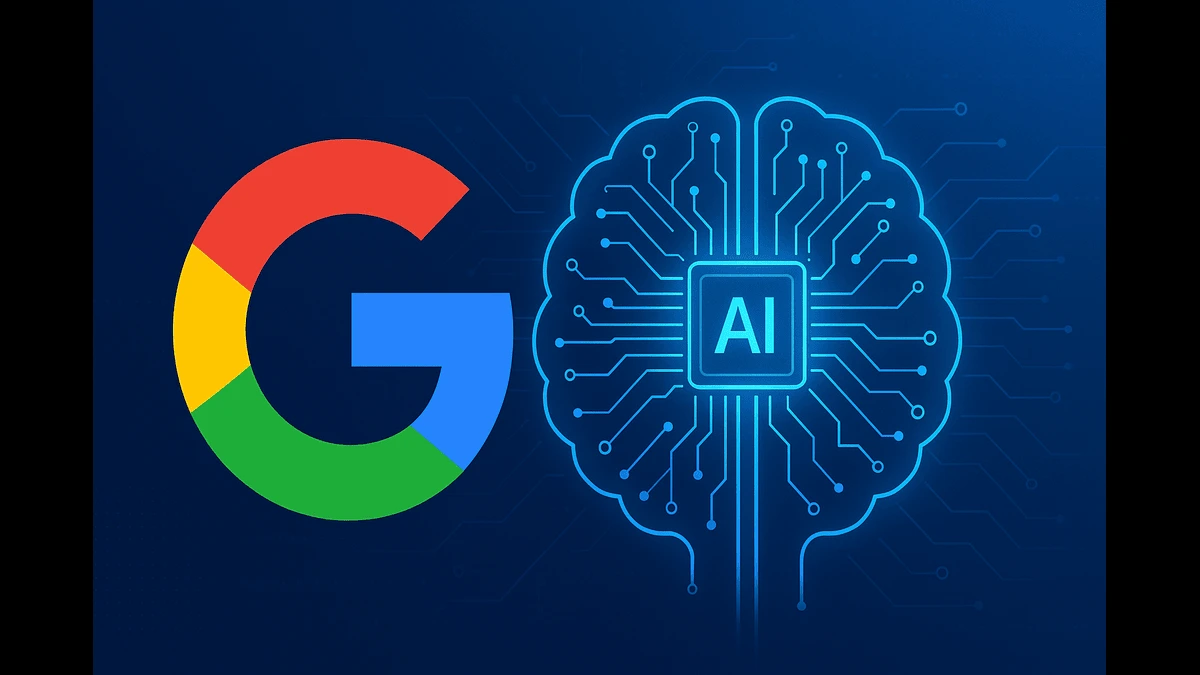
Retrieval-Augmented Generation (RAG) has emerged as a transformative architecture in artificial intelligence, enabling systems to combine the generative power of large language models (LLMs) with dynamic, context-rich information retrieval. By integrating external knowledge bases, RAG addresses critical limitations of traditional LLMs, such as outdated information, lack of domain specificity, and the risk of hallucination—where models generate plausible but inaccurate outputs.
In 2025, RAG is revolutionizing AI applications by delivering faster, cost-effective, and context-aware solutions across industries like healthcare, finance, and customer service. This guide provides a comprehensive exploration of the modern RAG stack, detailing its core components, spotlighting key tools, analyzing emerging trends, and addressing challenges to equip developers with the insights needed to build robust RAG systems.
Defining Retrieval-Augmented Generation (RAG)
RAG is an AI framework that enhances LLMs by incorporating a retrieval mechanism to fetch relevant external data before generating responses. Unlike traditional LLMs, which rely solely on pre-trained knowledge, RAG systems query external knowledge sources—such as vector databases, document repositories, or web data—to provide contextually accurate and up-to-date outputs. This hybrid approach combines the strengths of information retrieval and natural language generation, enabling applications to deliver precise, domain-specific answers without the need for costly retraining. For example, a RAG-powered chatbot can retrieve the latest product specifications to answer customer queries, ensuring responses remain relevant and trustworthy.
The surge in RAG adoption stems from its ability to address three key challenges: knowledge currency, factual accuracy, and domain specialization. By accessing real-time or proprietary data, RAG systems overcome the “knowledge cutoff” problem inherent in static LLMs. They reduce hallucinations by grounding responses in authoritative sources and allow organizations to tailor AI to specific domains without retraining models. Additionally, RAG is cost-efficient, as updating knowledge bases is significantly less resource-intensive than fine-tuning LLMs. As a result, RAG is becoming the backbone of intelligent applications, from enterprise chatbots to research assistants, driving a projected market growth to $40.34 billion by 2035.
The Seven Pillars of the RAG Stack
The modern RAG stack is a cohesive ecosystem of seven core components, each contributing to the system’s ability to deliver accurate, context-aware outputs. These pillars—Large Language Models (LLMs), Frameworks, Vector Databases, Embedding Models, Data Ingestion Tools, Orchestration Tools, and Evaluation Tools—work in concert to enable efficient retrieval and generation. Below, we explore each pillar and its role in the RAG architecture.
1. Large Language Models (LLMs)
LLMs form the generative core of RAG systems, producing coherent and contextually relevant text based on retrieved data. They leverage vast pre-trained knowledge to synthesize information, making them critical for tasks like question answering and content generation. Popular LLMs include proprietary models like OpenAI’s GPT-4o and Anthropic’s Claude 3.5 Sonnet, as well as open-source models like Meta’s LLaMA 3.1 and Mistral’s Mixtral.
2. Frameworks
Frameworks provide the scaffolding for integrating LLMs with retrieval systems, streamlining the development of RAG pipelines. They handle tasks like query processing, document retrieval, and response generation. Leading frameworks include LangChain, which offers extensive integrations and flexibility, and Haystack by deepset, which focuses on production-ready document indexing and retrieval.
3. Vector Databases
Vector databases store and retrieve high-dimensional embeddings, enabling fast similarity searches for relevant documents. They are optimized for semantic search, allowing RAG systems to identify contextually relevant data. Popular options include Pinecone, known for its scalability, and Qdrant, valued for its open-source flexibility and multi-tenant support.
4. Embedding Models
Embedding models convert text into numerical vectors, capturing semantic meaning for retrieval. High-quality embeddings are critical for accurate similarity searches. Common models include Sentence-BERT (SBERT) for fast semantic similarity, BGE for large-scale corpora, and proprietary options like OpenAI Embeddings for high accuracy.
5. Data Ingestion Tools
Data ingestion tools process and prepare diverse data sources—such as PDFs, web pages, or databases—for retrieval. Tools like FireCrawl excel at scraping complex websites, while Apache Tika and PDFMiner extract text from documents. These tools ensure that RAG systems have access to clean, structured data.
6. Orchestration Tools
Orchestration tools manage the coordination of RAG components, handling tasks like compute allocation, scaling, and failure recovery. Beam AI offers automatic scaling for AI workloads, Prefect Marvin provides robust scheduling for LLM applications, and BentoML standardizes model serving with consistent APIs.
7. Evaluation Tools
Evaluation tools assess the performance of RAG systems, measuring metrics like retrieval precision, generation quality, and response time. Tools like RAGAS automate end-to-end evaluation, Giskard focuses on bias detection, and TruLens provides observability for tracking prompts and outcomes.
Spotlight Tools
Frameworks: LangChain vs. Haystack
LangChain: A versatile framework with extensive integrations for LLMs, vector databases, and document stores. It supports complex workflows like multi-turn dialogues and is ideal for rapid prototyping.
Pros: Rich ecosystem, flexible chaining.
Cons: Steeper learning curve for production-grade systems.
Use Case: Building conversational agents with dynamic retrieval needs.
Haystack: Focused on document indexing and retrieval, Haystack excels in production-ready RAG systems with robust search capabilities.
Pros: Streamlined for search-heavy applications, strong community support.
Cons: Less flexible for non-retrieval tasks.
Use Case: Enterprise search or knowledge base applications.
Vector Databases: Qdrant vs. Pinecone
Qdrant: An open-source vector database with high query throughput and multi-tenant support.
Pros: Cost-effective, customizable, supports hybrid search.
Cons: Requires more setup for scaling compared to managed solutions.
Use Case: Startups or teams needing on-premise solutions.
Pinecone: A managed vector database optimized for large-scale, low-latency retrieval.
Pros: Scalable, easy to deploy, enterprise-grade.
Cons: Higher costs for large datasets.
Use Case: High-traffic applications like e-commerce recommendation systems.
LLMs: Claude vs. LLaMA 3.1
- Claude (Anthropic): A proprietary model known for safety and conversational coherence.
Pros: High accuracy, strong ethical guardrails, API-driven.
Cons: Limited customization, higher costs.
Use Case: Customer support chatbots requiring reliable, safe outputs.
- LLaMA 3.1 (Meta): An open-source model optimized for research and local deployment.
Pros: Cost-free, highly customizable, efficient for local inference.
Cons: Requires significant infrastructure for scaling.
Use Case: Research or privacy-sensitive applications.
Emerging Trends
Real-Time RAG
Real-time RAG systems, powered by platforms like Groq and Together, enable dynamic retrieval from live data feeds, ensuring responses reflect the latest information. For example, Groq’s high-speed inference capabilities allow RAG systems to process real-time market data for financial applications, while Together’s infrastructure supports scalable, cloud-based RAG deployments. This trend is critical for industries like news aggregation and e-commerce, where timeliness is paramount.
Local Inference with Ollama
Local inference, facilitated by tools like Ollama, allows developers to run RAG systems on-premise, addressing data privacy and cost concerns. Ollama supports lightweight deployment of models like LLaMA 3.1, enabling organizations to build RAG systems without relying on cloud-based APIs. This is particularly valuable for regulated industries like healthcare and finance, where data security is critical.
Evaluation Becoming Central to Trust
As RAG systems handle sensitive applications, evaluation tools like TruLens and Giskard are becoming essential for ensuring trust and reliability. These tools measure metrics like retrieval precision (e.g., recall@k), generation quality (e.g., BLEU, ROUGE), and bias, enabling developers to monitor and improve system performance. For instance, TruLens tracks prompt outcomes to detect drift, while Giskard identifies ethical risks, ensuring RAG outputs are accurate and fair.
Challenges and Tradeoffs
Proprietary vs. Open Tools
Proprietary tools like OpenAI’s GPT-4o and Pinecone offer ease of use and scalability but come with higher costs and dependency on closed ecosystems. Open-source alternatives like LLaMA 3.1 and Qdrant provide flexibility and cost savings but require more expertise for setup and maintenance. Organizations must weigh vendor lock-in risks against the need for rapid deployment.
Cost vs. Latency
RAG systems introduce retrieval steps that increase compute demands, leading to a tradeoff between cost and latency. Managed solutions like Pinecone minimize latency but incur higher costs, while local solutions like Qdrant reduce expenses but may introduce delays at scale. Optimizing retrieval pipelines with tools like Beam AI can mitigate this tradeoff.
Closed APIs vs. Local LLMs
Closed APIs (e.g., OpenAI, Claude) offer serverless convenience and frequent updates but raise data residency concerns and recurring costs. Local LLMs like LLaMA 3.1 provide privacy and control but demand significant infrastructure investment. Hybrid approaches, combining local inference for sensitive tasks and APIs for scalability, are emerging as a balanced solution.
The RAG stack of 2025 is poised to redefine AI by blending generative power with dynamic, context-aware retrieval. As real-time RAG, local inference, and robust evaluation tools gain traction, the next-generation RAG stack will prioritize scalability, privacy, and trustworthiness. Developers and startups can choose wisely by aligning their RAG architecture with specific use cases—leveraging proprietary tools for rapid deployment or open-source solutions for customization and cost efficiency. By carefully selecting components, optimizing retrieval pipelines, and prioritizing evaluation, organizations can harness RAG to build AI systems that are not only accurate and relevant but also resilient to the evolving demands of the digital landscape.
Discover more from Poniak Times
Subscribe to get the latest posts sent to your email.

